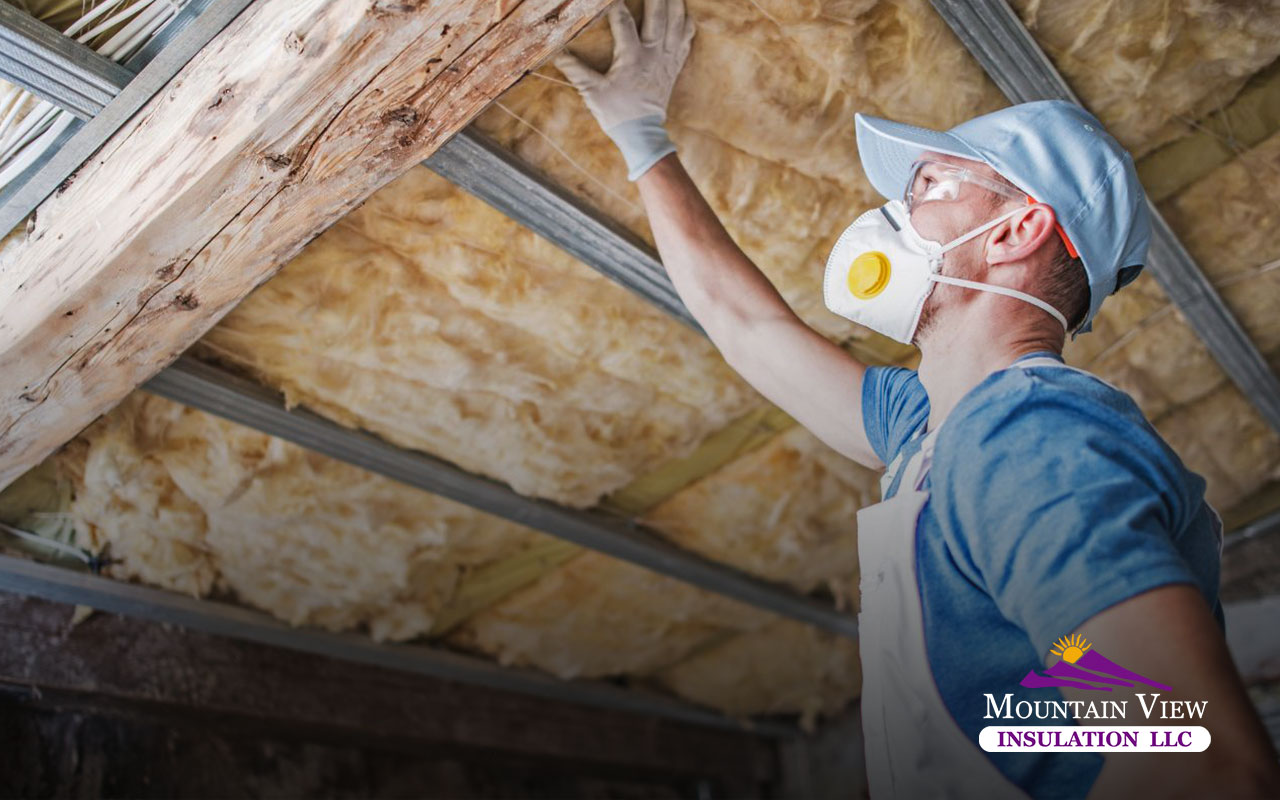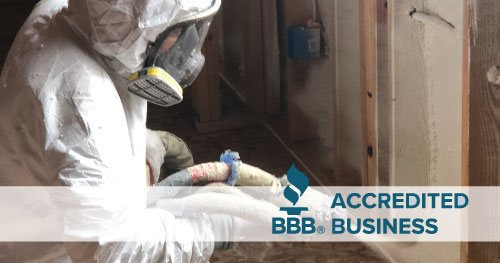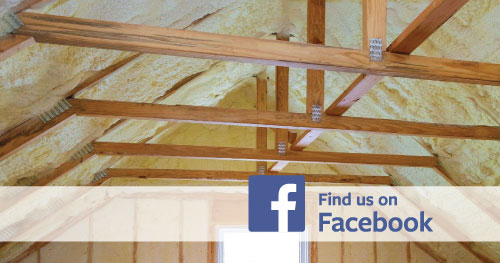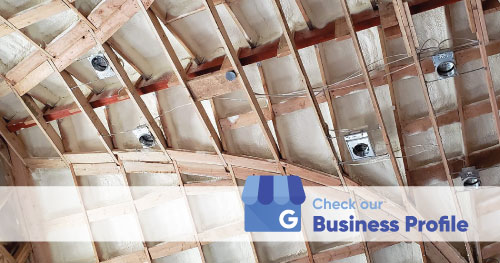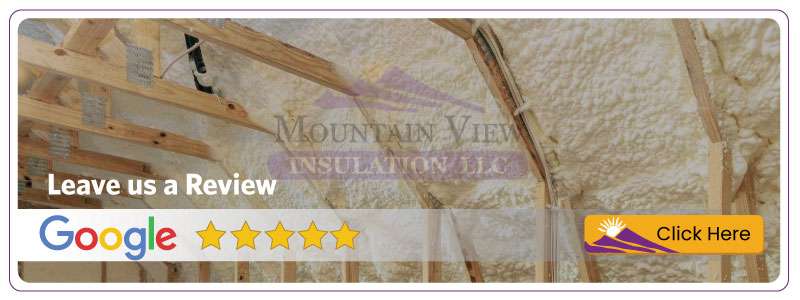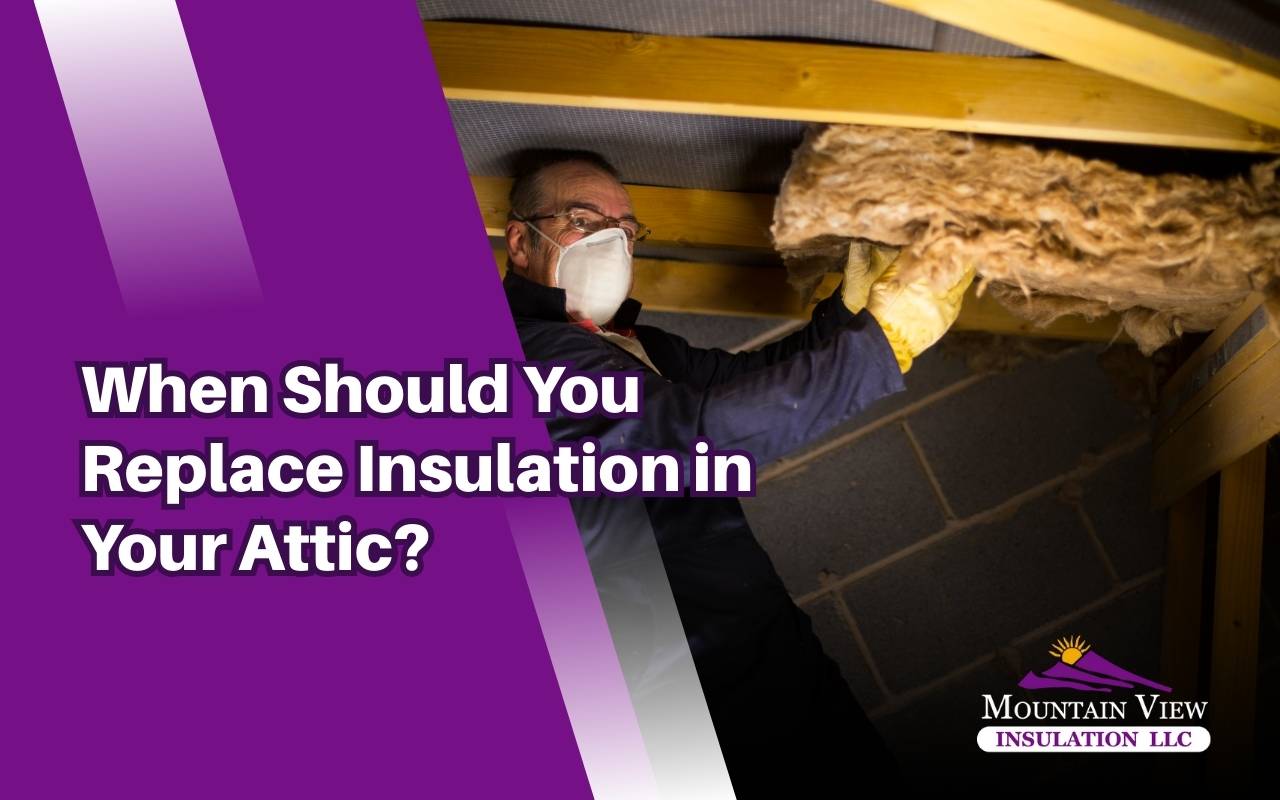
Understanding the signs is crucial because it helps you maintain a comfortable and energy-efficient home. Indeed, attic insulation plays a vital role in regulating indoor temperature and reducing energy costs. However, as time passes, insulation can deteriorate due to age, pests, or moisture, which eventually leads to decreased efficiency. Therefore, recognizing the signs that it’s time for replacement can help you preserve comfort and savings.
In this comprehensive guide, you will discover why attic insulation matters, what key indicators show it’s worn-out, how to perform DIY energy-efficiency checks, which common problems affect it, and what replacement options exist. Moreover, you will see the pros and cons of DIY versus professional installation. Ultimately, whether you are noticing higher energy bills or planning a home improvement project, this guide will help you make informed decisions.
Why Attic Insulation Matters
To begin with, attic insulation forms a vital barrier between indoor air and the outdoors. Consequently, it controls heat loss, prevents extreme temperature shifts, and reduces stress on HVAC systems. For instance, in Tacoma and many other regions, maintaining proper insulation is essential for efficient living. As a result, a strong layer saves money, boosts indoor air quality, and ensures consistent comfort throughout the year.
Key Signs It’s Time to Replace Your Attic Insulation
So, how can you tell if your attic insulation is failing? Watch for the following indicators:
- High Energy Bills: Inefficient insulation allows heat to escape in winter and seep in during summer. Therefore, your HVAC system is forced to work overtime.
- Uneven Temperatures: If you notice drafty rooms or hot spots, this often points to insulation gaps or deterioration.
- Pest Infestation: Rodents and insects can nest in insulation, which in turn causes contamination and displacement.
- Moisture or Mold Damage: Water leaks may lead to dampness and mold growth, thereby destroying insulation.
- Age of Insulation: Since most materials last 15–20 years, older or compressed insulation requires replacement.
Therefore, when these issues appear, timely action helps you avoid costly repairs and restores comfort.
DIY Energy Efficiency Check
Before calling a professional, you can perform a basic energy-efficiency check. In fact, these steps allow you to detect early issues:
- First, measure insulation thickness to confirm recommended R-values.
- Next, inspect for daylight entering through gaps or vents.
- Then, look for stains or damp patches that indicate water intrusion.
- Finally, compare attic temperature with outdoor levels to detect heat loss.
Although these steps provide useful insights, professional inspection is often necessary for hidden problems.
Common Problems Affecting Attic Insulation
Over time, several issues can reduce insulation effectiveness. For example, moisture problems promote mold growth and weaken insulation. Similarly, heat loss becomes evident through ice dams, chilly rooms, or rising utility bills. Additionally, pest activity causes contamination and air leaks. Altogether, each of these problems compromises efficiency, meaning prompt action is required.
Benefits of Replacing Attic Insulation
Replacing attic insulation offers numerous advantages, and thus it is well worth considering:
- Lower energy bills and an extended HVAC lifespan.
- Stable indoor climate without drafts or hot spots.
- Improved indoor air quality with fewer allergens.
- Higher property value through energy-efficient upgrades.
- Eco-friendly living with less energy consumption.
Therefore, replacing insulation is not only about saving money; it also ensures healthier homes and more sustainable living.
Types of Attic Insulation for Replacement
When it comes to choosing the right material, the following options are the most common:
- Fiberglass: Affordable and effective, though it may compress over time.
- Spray Foam: Creates strong seals, resists long-term heat loss, and ensures durability.
- Cellulose: Eco-friendly, made from recycled content, and provides excellent soundproofing.
- Mineral Wool: Fire-resistant, water-repellent, and ideal for damp areas.
Consequently, selecting the right option supports both comfort and long-term savings.
Cost of Attic Insulation Replacement
In order to budget effectively, you need to understand which factors influence costs:
- Material Type: Spray foam costs more initially, but it provides greater long-term savings.
- Attic Size: Larger attics require more material and labor, and thus increase costs.
- Professional vs. DIY: While contractors guarantee correct installation, they also add to upfront expenses.
DIY vs. Professional Installation
Although DIY installation seems appealing, professional installation offers stronger benefits. For instance, experts use advanced tools such as thermal cameras and moisture meters. Furthermore, they seal gaps properly, provide guidance on material selection, and back their work with warranties. Therefore, choosing a professional often ensures long-lasting results.
👉 For trusted support, explore our insulation services to see how expert solutions make a lasting difference.
Common Myths About Attic Insulation
- “Insulation Never Needs Replacement.” In reality, all insulation degrades over time.
- “DIY is Just as Good as Professional Installation.” Improper installation can reduce efficiency significantly.
- “More Insulation is Always Better.” Excess insulation can actually cause ventilation problems and moisture buildup.
Step-by-Step Process of Insulation Replacement
- First, a thorough inspection and assessment identify issues.
- Next, old insulation is removed safely.
- Then, cracks and gaps are sealed to prevent air leaks.
- After that, new insulation is installed evenly for full coverage.
- Finally, a detailed inspection confirms proper performance.
FAQs About Attic Insulation Replacement
How often should attic insulation be replaced?
Insulation typically lasts 15–20 years; however, replace it sooner if damaged.
Can I replace only part of the attic insulation?
Yes, but full replacement ensures consistent performance and efficiency.
How do I know if insulation is failing?
Look for drafts, uneven temperatures, high bills, or visible damage.
Is professional inspection necessary?
Yes, because it reveals hidden issues and ensures correct upgrades.
Are there eco-friendly insulation options?
Yes, cellulose and mineral wool offer sustainable solutions.
Sustainability and Environmental Impact
By upgrading attic insulation, you reduce energy consumption and greenhouse gas emissions. Moreover, choosing eco-friendly materials such as cellulose supports sustainability while also improving comfort.
Elevate Your Home Comfort
If your attic insulation is outdated or damaged, do not wait to upgrade. At Mountain View Insulation, LLC, we specialize in professional insulation services tailored to your needs. Additionally, our team uses high-quality materials and proven techniques to guarantee energy efficiency and long-term comfort.
📞 Contact us today at (253) 224-3963 or reach out here to create a home that is cozy, efficient, and eco-friendly.

